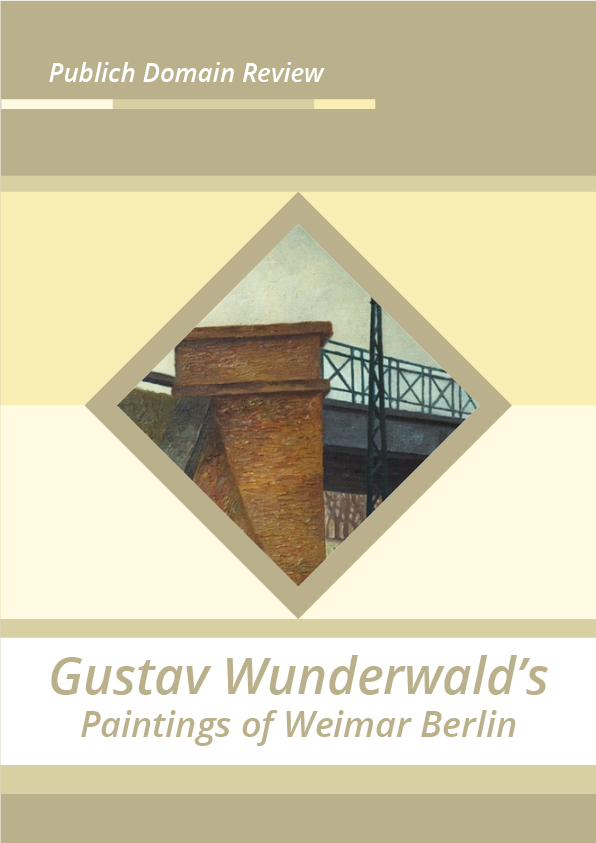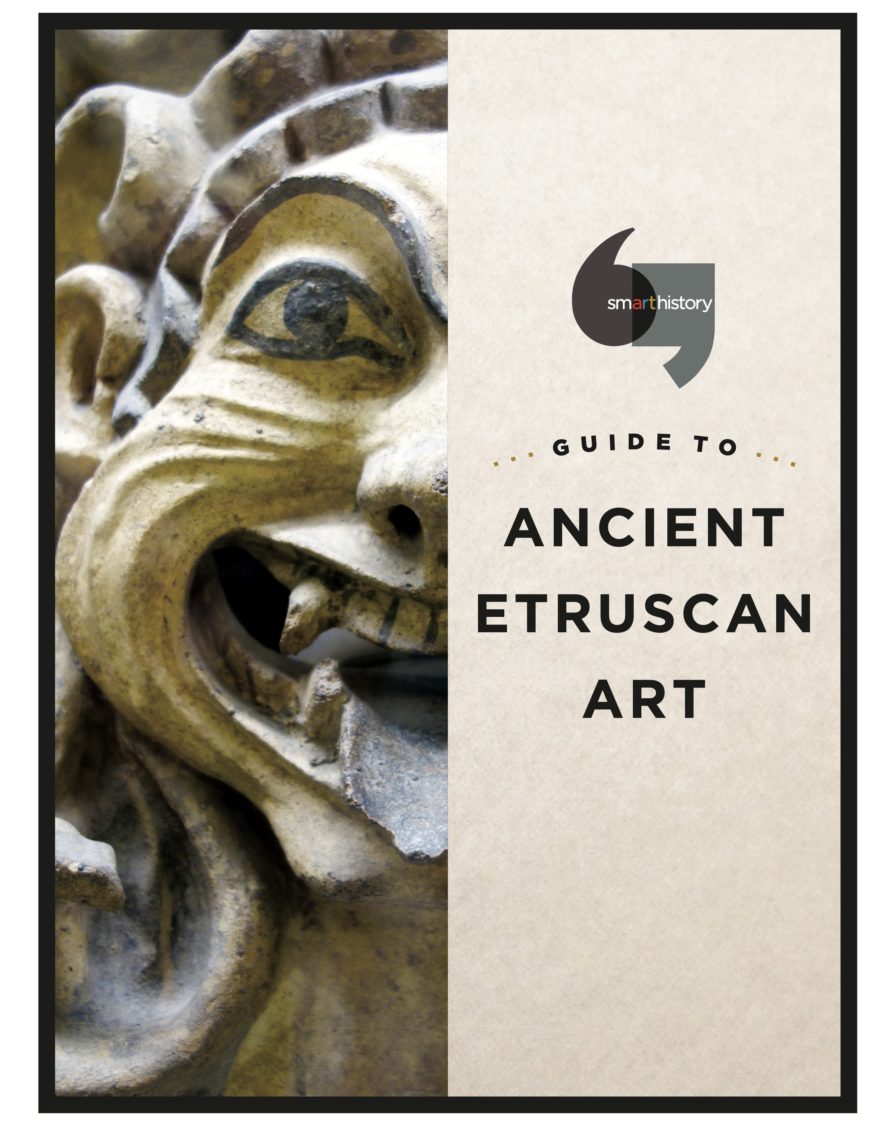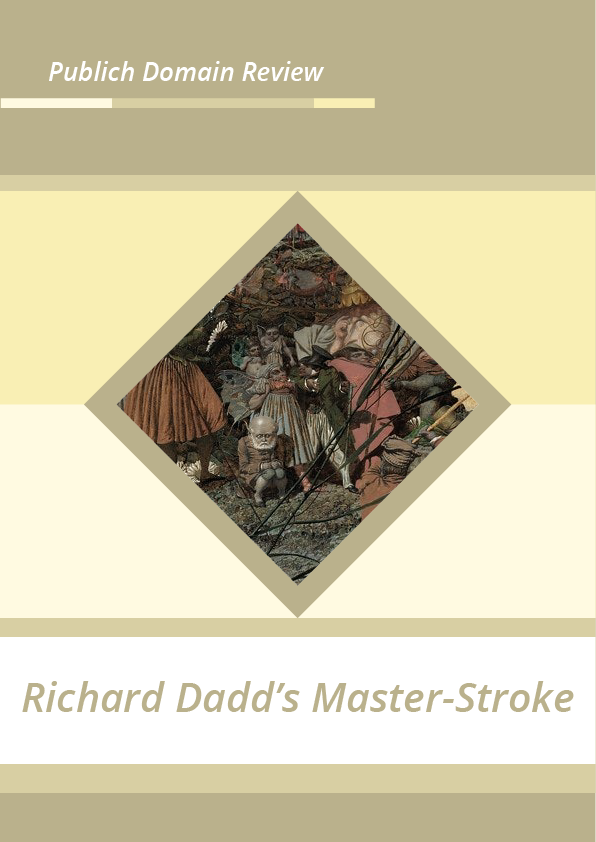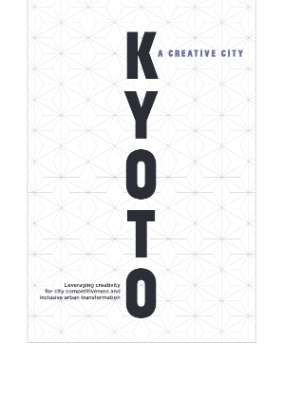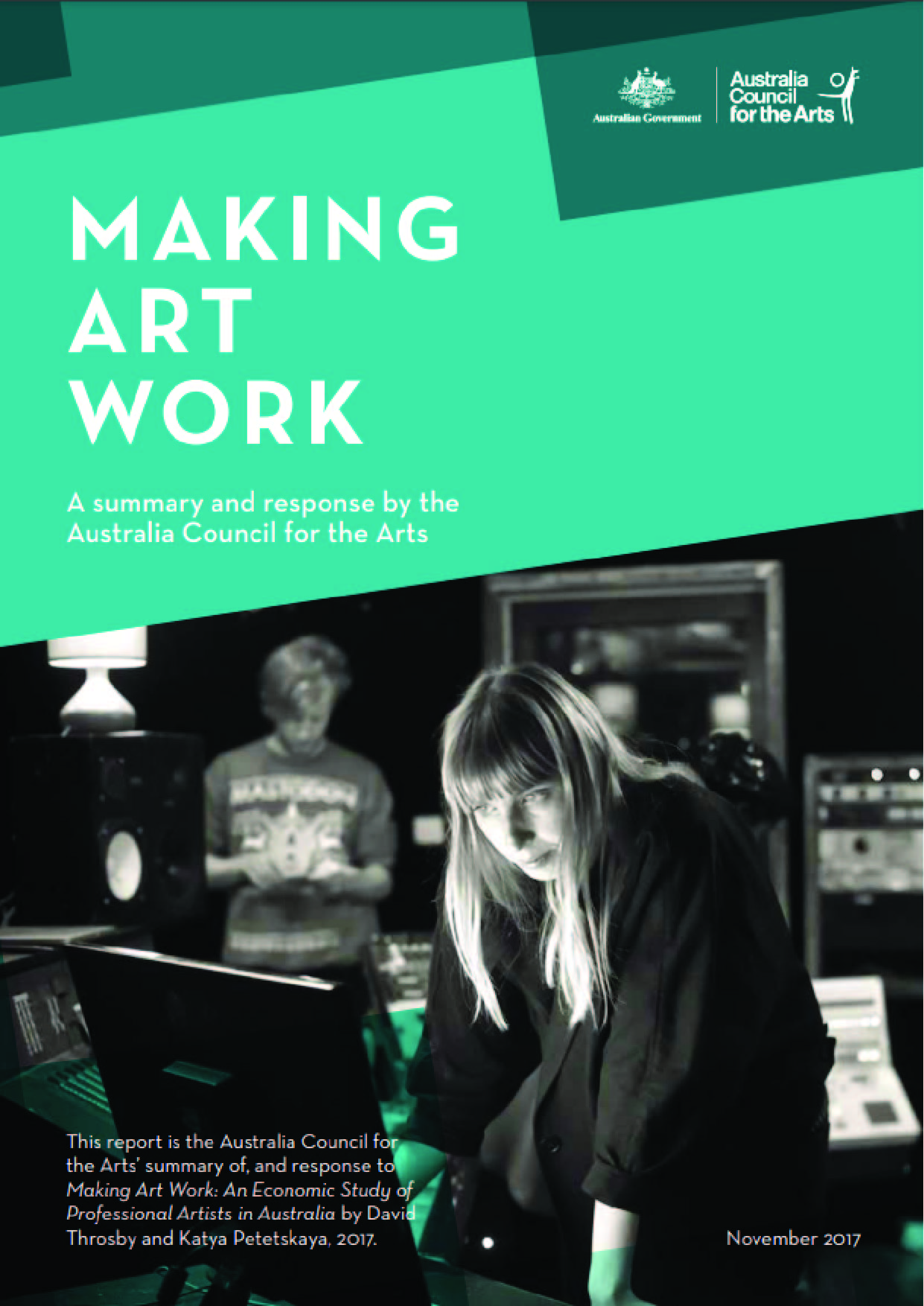The Berlin of the 1920s is often associated with a certain image of excess and decadence, but it was a quite different side of the city — the sobriety and desolation of its industrial and working-class districts — which came to obsess the painter Gustav Wunderwald. Mark Hobbs explores.
Berlin in June 1945 was not at all a pleasant place to be. As the dust settled on what was left of the city, blown to smithereens and now occupied by Russian and Allied forces, the landscape painter Gustav Wunderwald died from water poisoning in a hospital in the western suburb of Charlottenburg. He was sixty-three years old.
In the seventy years or so that have passed since his death, the city that Wunderwald painted over and again during the years of the Weimar Republic has been divided, rebuilt, reunified, and revived. And yet, despite the waves of history that have beat relentlessly, remorselessly against Berlin, were he alive today, Wunderwald would still recognise many aspects of the city that he painted during the late twenties. And now, with the lapsing of copyright on his paintings in many parts of the world, digital copies of these paintings are becoming more widely available, making it easier to view his work, and to better appreciate an artist who deserves wider recognition.
Born in Kalk, an industrial suburb on the outskirts of Cologne, Wunderwald experienced first-hand the modern, industrialised city from a young age. Showing early signs of a proficiency in painting, he undertook a two-year apprenticeship under the guidance of the painter Wilhelm Kuhn. Wunderwald quickly found his niche in theatrical and stage set design, taking a job as a scenery painter in Gotha in 1899. For the next thirteen years, his skills led him through a succession of jobs in a variety of cities. After a year in Gotha, he spent four years in Berlin (1900–1904) working at the studio of Georg Hartig and Company, where he specialised in theatrical set painting. From Berlin, Wunderwald moved to Stockholm, and then onwards to Düsseldorf, Innsbruck, and Freiberg over the course of the next eight years, before moving back to Berlin in 1912 to work as a stage designer at the German Opera House.
In 1915, Wunderwald was conscripted into the German army. Training in Königsberg was followed by despatch to Macedonia, as part of a replacement battalion for the German Army’s 43rd Infantry. Wunderwald was fortunate in that the Macedonian Front was a stable one, which saw little of the bloodshed that characterised both the Western and Eastern Fronts. Wunderwald even had time to paint pictures of the Macedonian landscape and towns that he saw, giving him the opportunity to hone his distinctive palette of dark colours.
In the wake of Germany’s defeat in 1918 he returned to Berlin, where he sought to establish himself as an independent artist, using his Charlottenburg apartment as a studio. Some eight years later, in 1926, Wunderwald’s persistence paid off when he came to the attention of Berlin gallery owner Karl Nierendorf and the prominent art critic Paul Westheim. Later that year, seven of Wunderwald’s paintings appeared in an exhibition entitled Das Gesicht von Berlin (The Face of Berlin) at Nierendorf’s gallery. To coincide with the exhibition, Westheim wrote a lead article on Wunderwald in his own art journal Das Kunstblatt, reproducing several works by the artist.1 For a few brief years, Wunderwald’s urban landscapes attracted attention in high places. Among those who brought his works were Gustav Böß, then mayor of Berlin, and the screenwriter Hans Kyser, writer of the script for F. W. Murnau’s 1926 filmic adaptation of Faust. Wunderwald continued to paint and exhibit until 1934, but without doubt his most prolific phase, and the period in which he produced his very best works, was between 1926 and 1929, when he repeatedly painted scenes from Berlin’s industrial areas. He worked as a film colourist for the German film conglomerate Ufa from 1934 until his death in 1945.
Mark Hobbs graduated from the University of Glasgow in 2010 with a PhD in German art and architecture of the Weimar Republic. He currently works as a content specialist at the British Library in London, and is planning to finish his first novel any decade now. For more information visit: www.markhobbs.info
